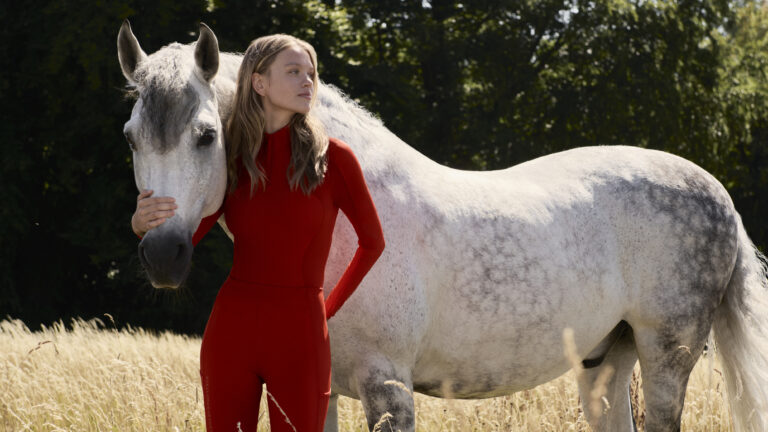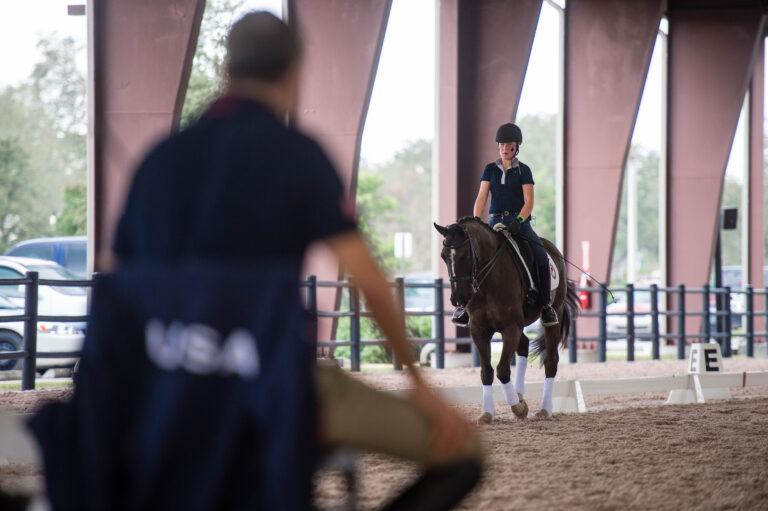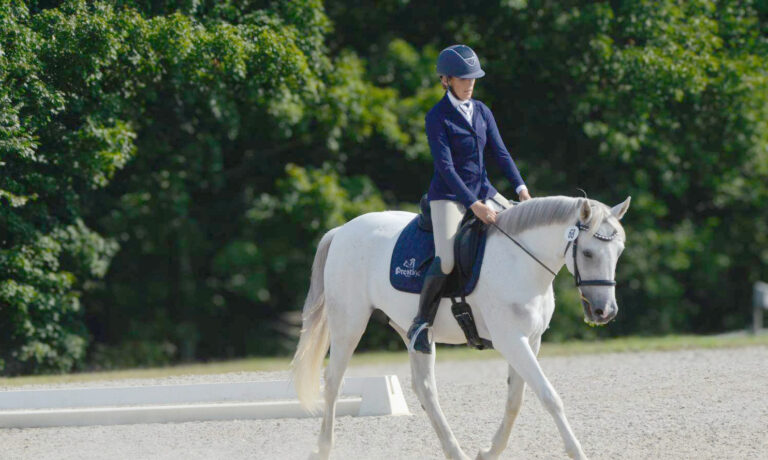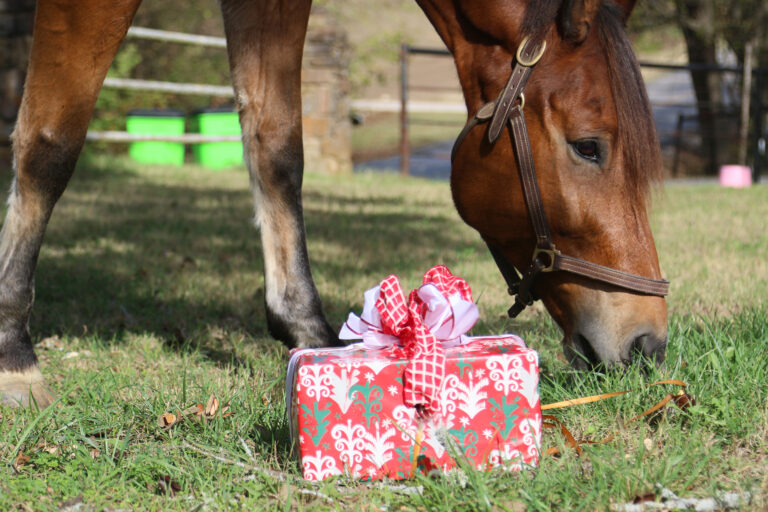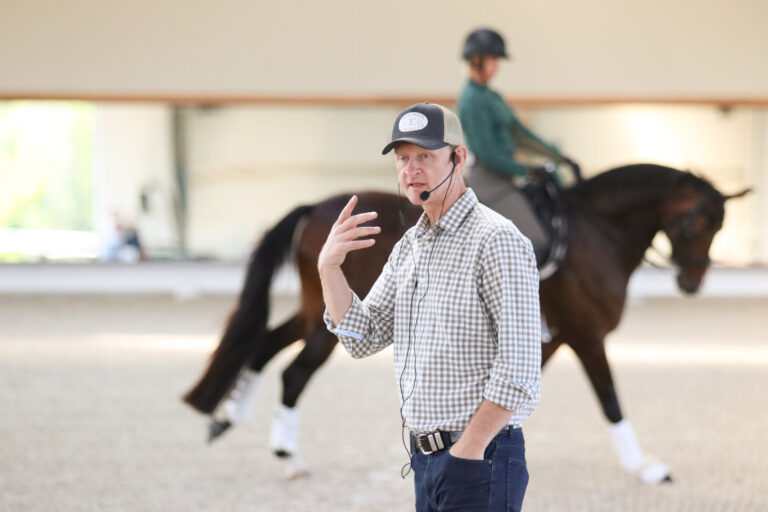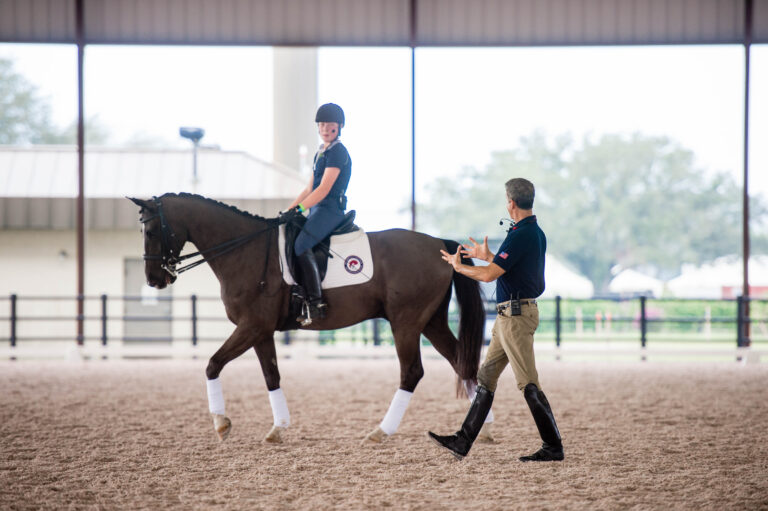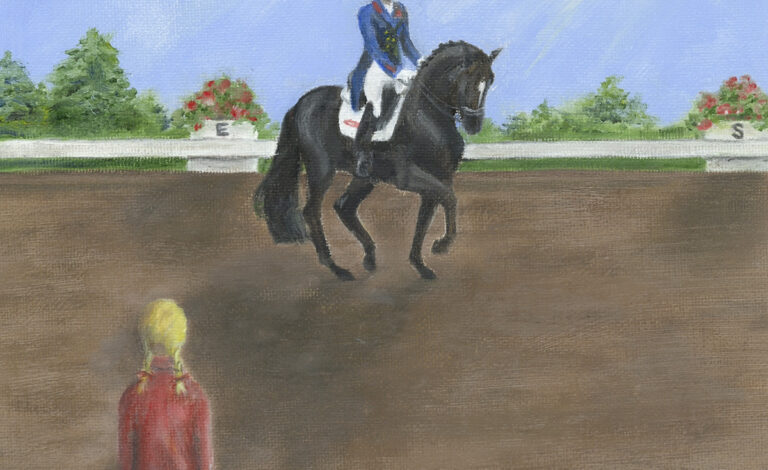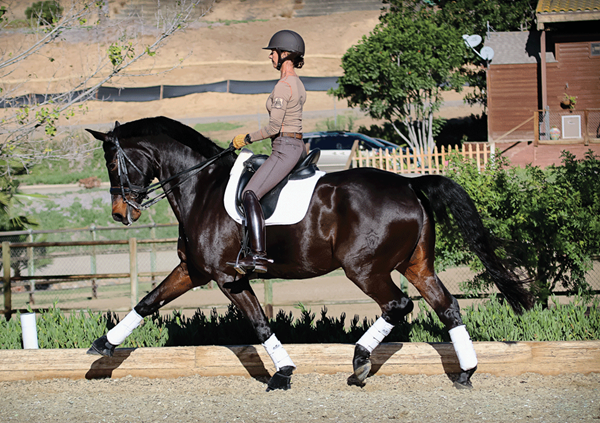
My weeknight routine, like that of most horse people, is pretty monotonous. Forget swanky après work happy hours or posh fitness classes. It mostly just includes a lot of time getting covered in filth out at the barn and maybe sweating on a treadmill if I’m really feeling motivated. And, there’s usually some kind of sad salad with wilted lettuce and over-ripe tomatoes thrown into the mix somewhere.
So, when my cousin, Luke, texted me the other night and invited me to come join him and a group of other young professionals in a recreational softball game in D.C., I thought it would be a nice change of scenery. Plus, between my work and my own horses, it feels like I hardly ever interact with non-horse people these days and I’m losing the ability to talk about “normal” things, you know, like Netflix shows, gluten intolerance and Kim Kardashian. I could definitely benefit from some exposure to the outside world.
“Does it matter that I’m bad at softball?” I asked. “Not at all!” Luke assured me. Count me in!
In a perfect world, I would like to think that he asked me to join because of my unparalleled athletic prowess, high standards of good sportsmanship and charismatic personality. In reality, it turns out he just needed another girl on the team to even out the male/female ratio.
After work on the day of the game, I hopped on the metro and headed downtown. Based on what I had heard from friends in the past, these kinds of recreational sports leagues were basically just excuses to meet new people and consume alcohol. What could be so hard about that? Surely if I could survive a Third Level dressage test, I could make it through one rec-league softball game.
Making friends? Great, sounds fun! Enjoying a few drinks? Sure, I can do that, too! My lack of ability to throw and catch a ball, in the grand scheme of things, seemed like an irrelevant detail. And, surely it didn’t really matter that I was always picked last for Middle School P.E. kickball teams and that I generally tend to experience severe performance anxiety. What could go wrong?
When we walked onto the field, the first thing that struck me was how thick and lush the grass was. “Wow, this grass is amazing!” I exclaimed and was immediately met with strange looks. My horses would have been in heaven if they were there, if they didn’t immediately develop laminitis, that is. Carrying on, I reminded myself to not let my inner weird horse girl show too much.
When the other team arrived, I should have known that the color-coordinating jerseys, cleats and clipboards were a bad sign. The men looked like they stepped off the pages of Sports Illustrated and the girls looked liked softball-playing versions of NFL cheerleaders, who were also presumably included in Sports Illustrated at some point. They had nicknames for each other and a team chant that sounded very well-rehearsed. To put this into dressage terms, we were essentially up against the Valegros of Recreational Softball.
Our team, on the other hand, did not have matching uniforms or cleats or clipboards. In fact, we scribbled down our batting lineup on a business card three minutes before the start of the game. My uniform consisted of an old t-shirt and a pair of ill-fitting Yoga pants that seemed to gradually sink lower and lower on my hips every time I took a step.
“So, Lindsay, when’s the last time you played softball?” Luke asked.
“Um, when I was in Eighth Grade,” I said. “So, about 12 years ago.” I added. “Just put me somewhere that’s low pressure.”
“Ok, cool. You can be catcher!” he said.
Great! I didn’t really remember what playing catcher entailed, but as long as I didn’t have to have too much contact with the ball, it was all going to be just fine.
It turns out that playing catcher, is in fact, the one position besides pitcher in which you are actually guaranteed to have to make contact with the ball. Every time I returned the ball to the pitcher, I had to hike up my pants, take a deep breath, throw the ball as hard as I could and pray to God that it would make it all the way to the makeshift pitcher’s mound. That worked about 35 percent of the time. The rest of the time the ball was either completely earthbound or, conversely, airborne on its way to East Jabib.
The game went on for what felt like an eternity, which was further prolonged by our players wiping out on the slick grass in an attempt to catch the ball (good call on the cleats, Team Valegro!), our pitcher getting the wind knocked out of him after being hit in the chest with the ball and then we were down a man when we had to send someone out searching for another teammate who got lost on his way trying to find the field. (Spoiler alert: He never found the field.) The other team became so bored that they actually started intentionally batting left handed toward the end of the game.
The whole thing was basically a comedy of errors from start to finish. You remember the old story about Seabiscuit, early on in his career, when he was the horse who was so slow they raced him against other horses purely as a confidence booster? Yeah, well, we were the Seabiscuits.
We thought maybe with the score being 31 to 3, they’d call it a game and put us out of our misery, but no such luck.
After the game finally ended, we learned that Team Valegro had been playing together for 12 years and included three former Washington Nationals players.
Just kidding, that’s actually completely false. There were no such Washington Nationals players but the first statement is true. Just for comparison purposes, the team I played on was originally assembled fourteen days prior to the game.
The moral of the story? Maybe there are a few. One: Team Valegro and Team Seabiscuit were not an appropriate match. They’re different breeds with different strengths and different training. Seabiscuit was a late-bloomer who needed a lot of extra help. Valegro, on the other hand, was basically born a star and cultivated with the help of Charlotte Dujardin and Carl Hester. The good news is that Seabiscuit eventually rose to glory in his own time.
Two: In all seriousness, there was something refreshing about stepping outside of my little dressage bubble. I stretched some different muscles, met some nice people and reminded myself that honestly, I like my barn filth, sweaty treadmills and wilted salads. That’s where I am at home. But as much as I love those things, there is also a whole world beyond centerlines and half halts. Don’t forget to explore it because sometimes it’s good for a laugh or two. Just don’t show up with the expectation that alcohol will be provided because that isn’t always a thing.


